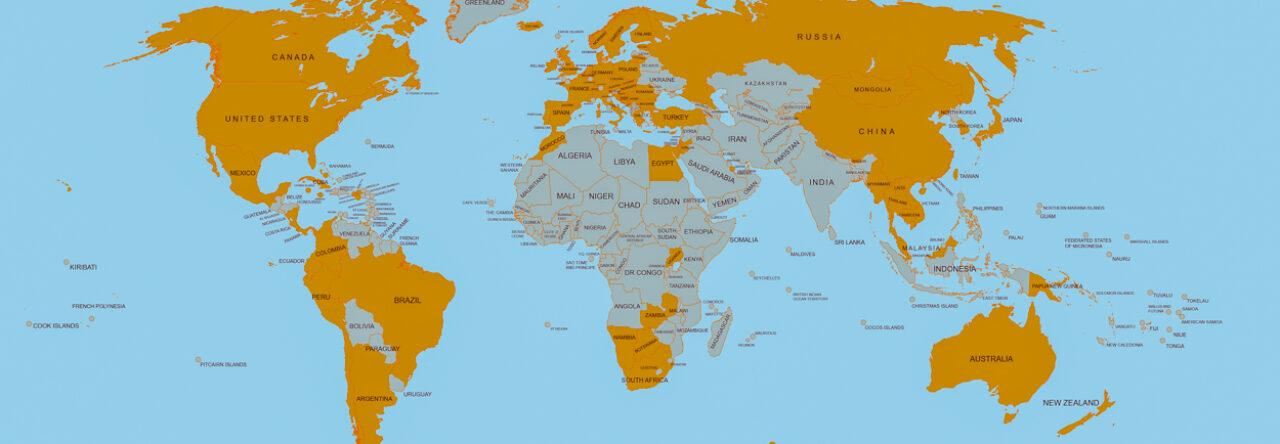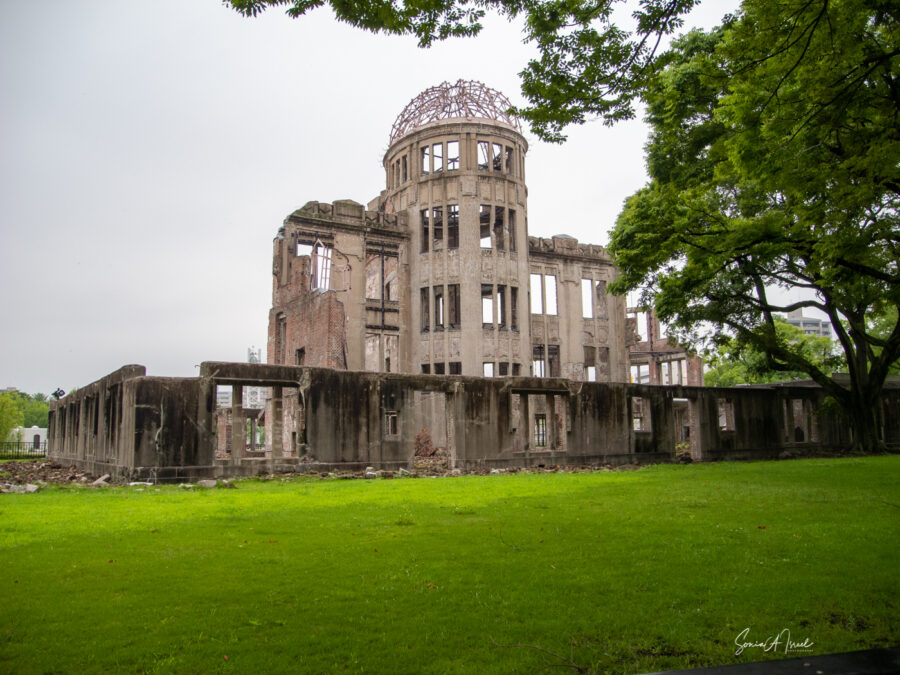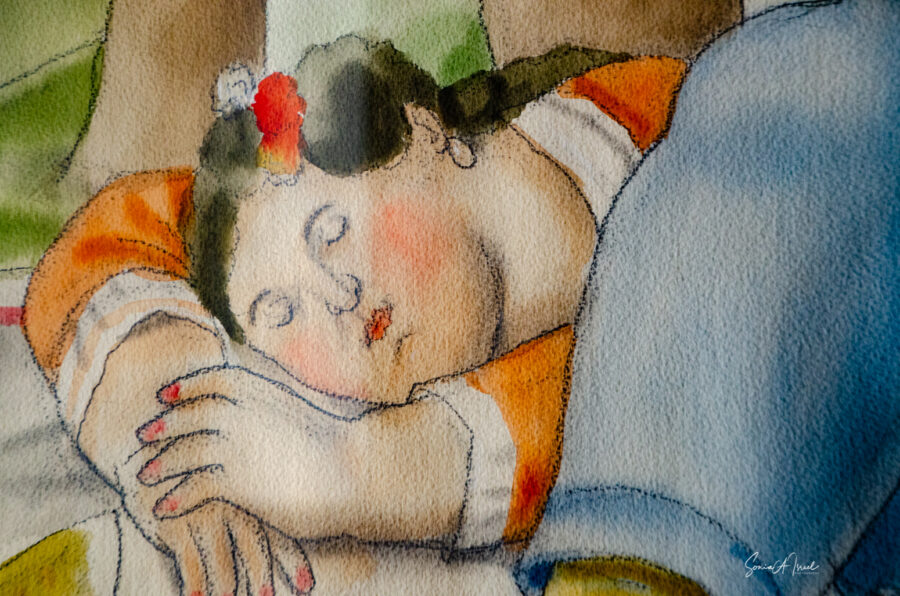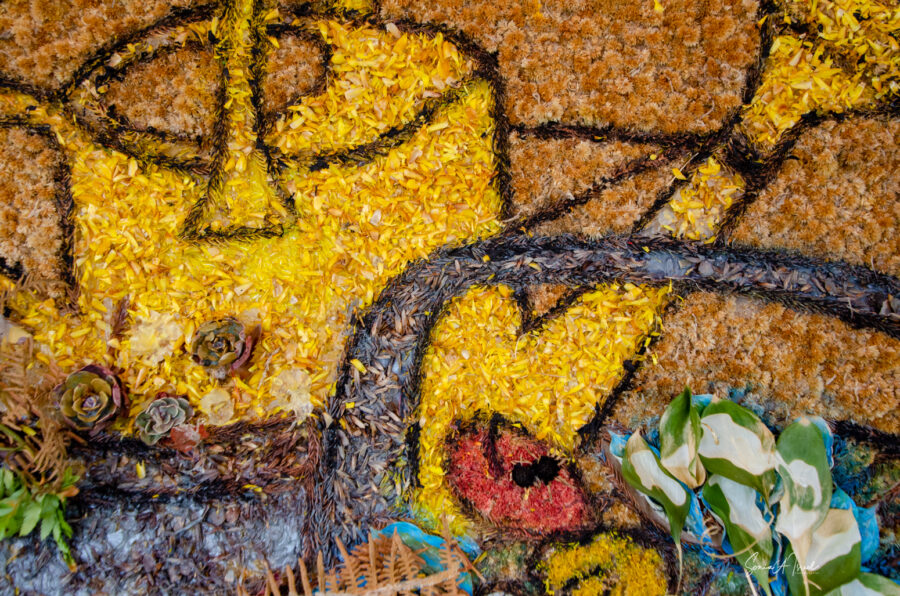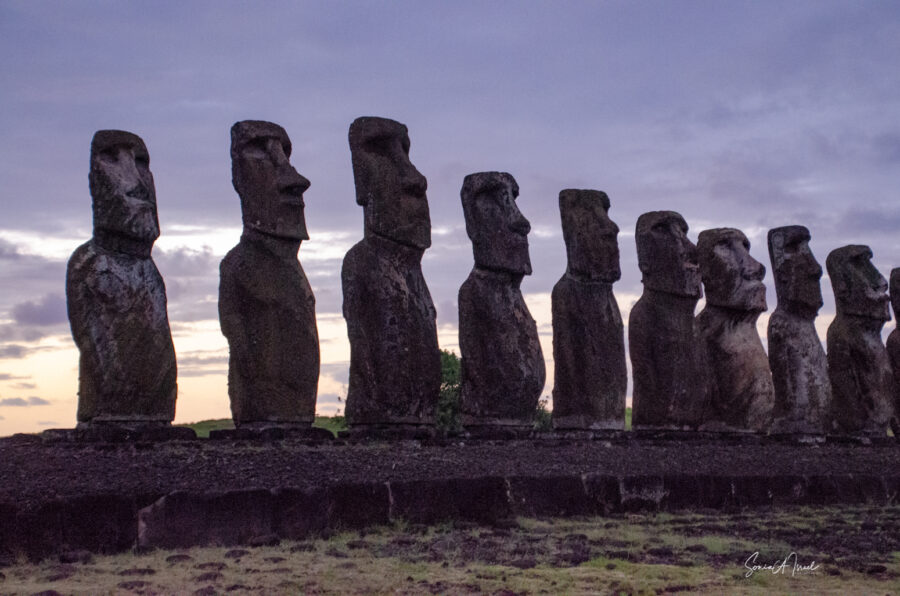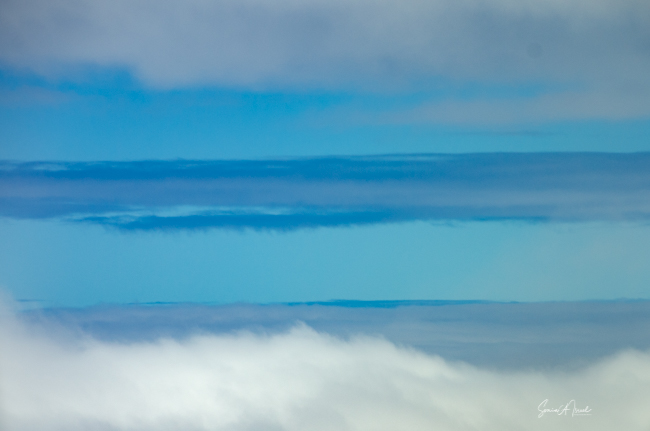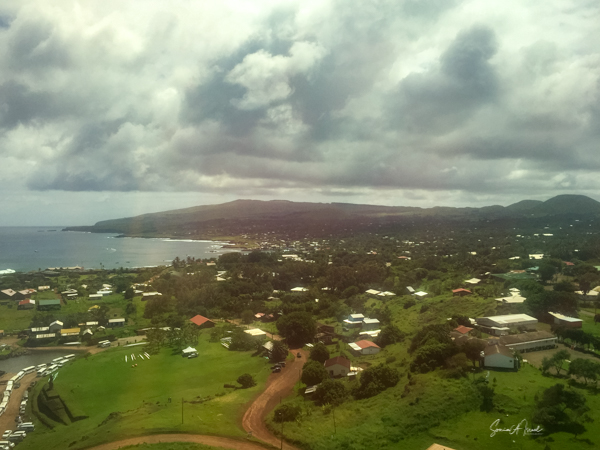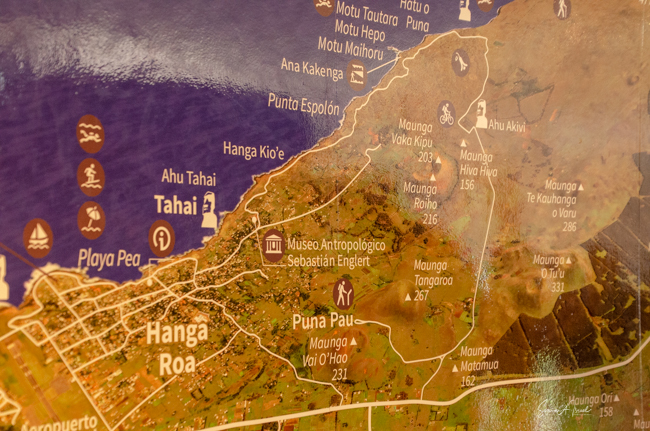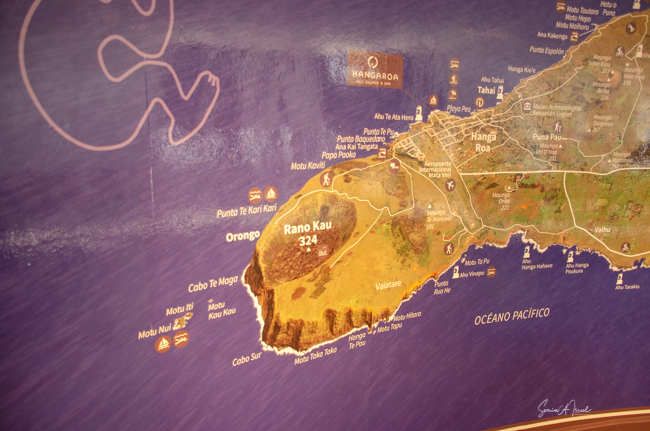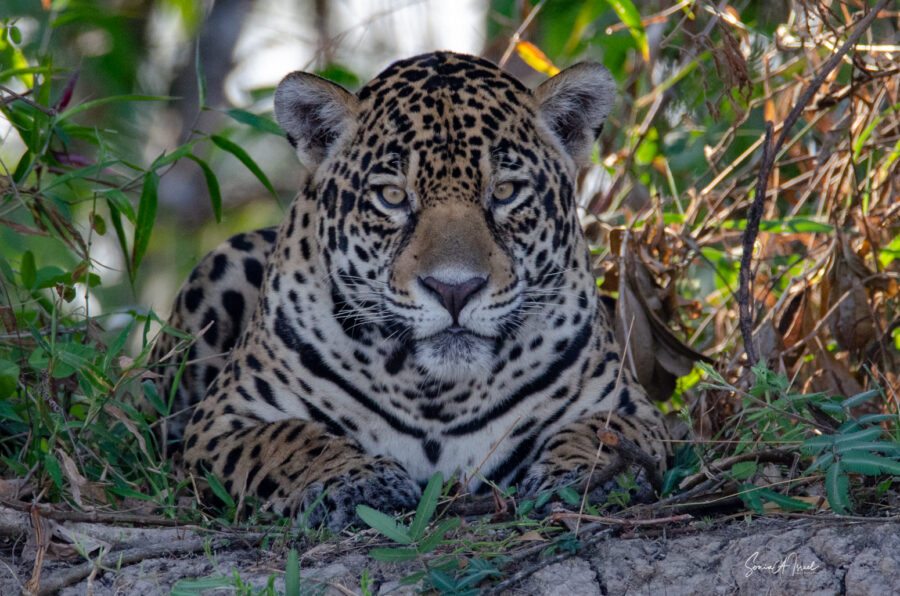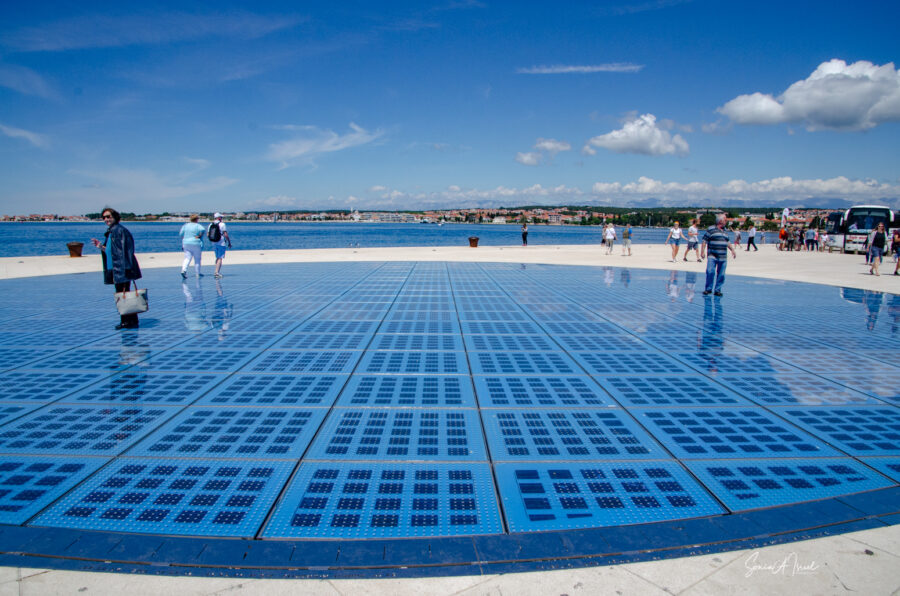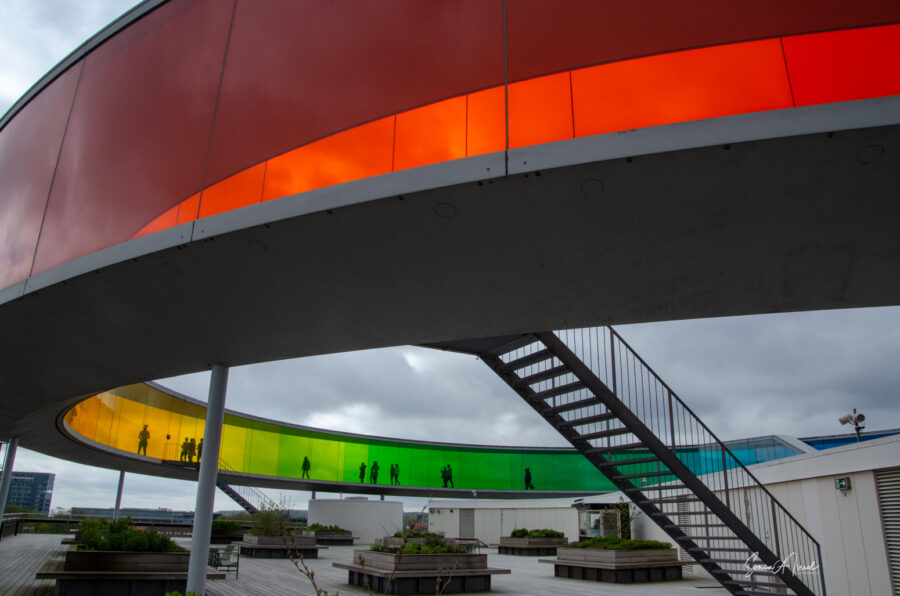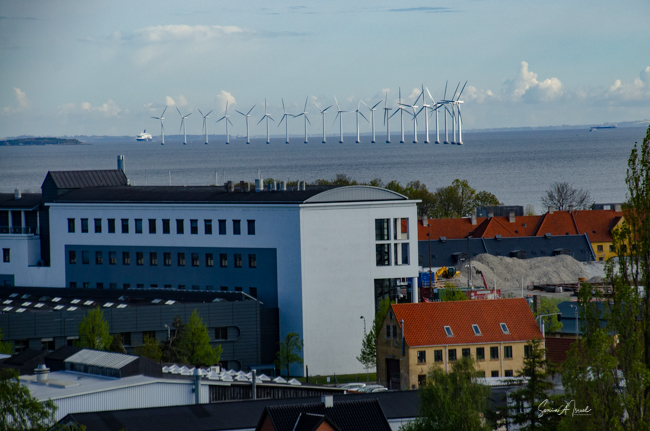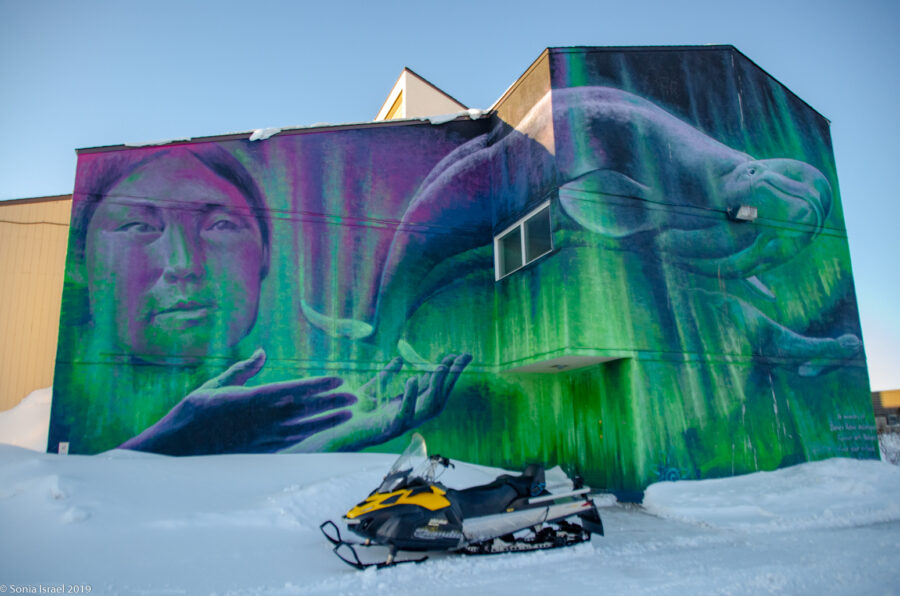Fukuyama
This was just one day of a business trip to Japan in 2012. But what a day!
Saturday, June 30, 2012
The high point of the trip was today. When we were sitting around in Yokohama with the whole team waiting for my talks, we chatted about where I had already been in Japan. I listed off the cities, and then said that I still wanted to go to Hiroshima to see the Peace Park and museum, but also mostly to see the Holocaust Education Center (HEC) near there. My uncle Benia had been an honored guest at this museum, and I had seen all the pictures and videos and heard all the stories. The director of the museum had treated Benia and his wife, my Aunt Pnina like a king and queen as Benia helped them gather pieces for their exhibit. By that evening, my colleague Kazuko asked me if instead of spending the day in Tokyo and then flying to Matsuyama in the evening as planned, would I like to take the train to Hiroshima and then a boat back to Matsuyama. Would I ever! I could not believe that they had actually arranged that just because I happened to mention I would someday like to go.
